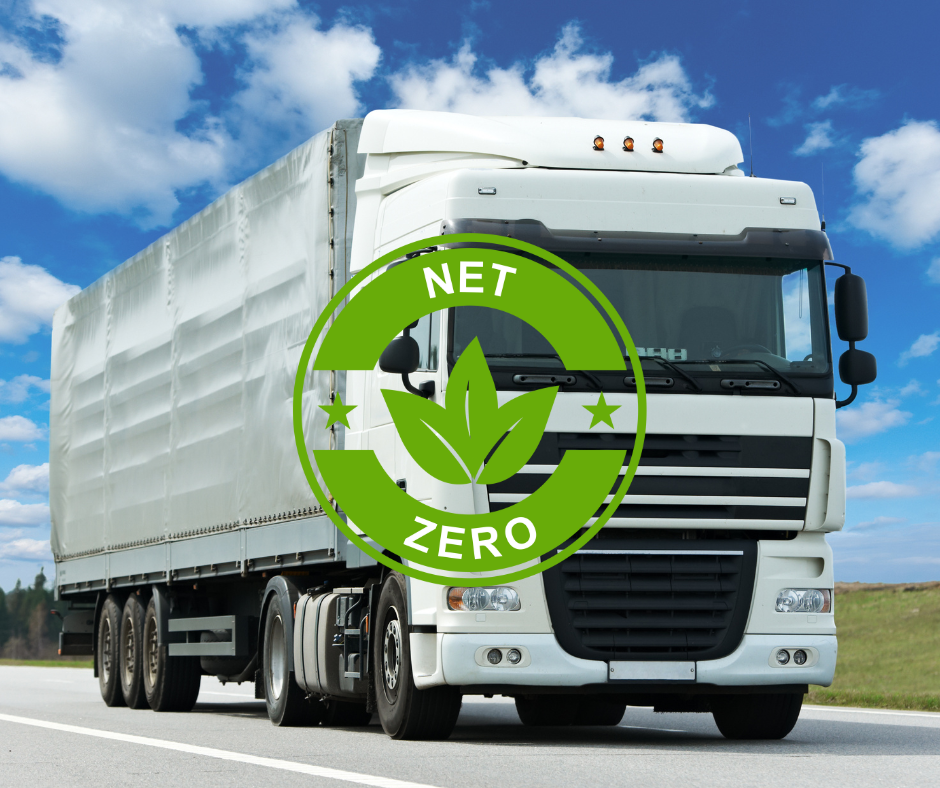
The cost for a road freight company to transition to more environmentally friendly practices and reduce air pollution can vary widely depending on several factors, including the size of the company, the type of vehicles used, the current state of the fleet, and the specific green initiatives being pursued. Here are some key factors that can influence the cost of such a transition:
Vehicle Replacement: One of the most significant expenses for a road freight company looking to go green is often the replacement of older, less fuel-efficient vehicles with newer, more environmentally friendly models. Electric or hybrid vehicles may be more expensive upfront but can lead to long-term fuel savings.
Retrofitting Existing Vehicles: Some companies are choosing to retrofit existing diesel-powered trucks with emission-reducing technologies, such as exhaust gas recirculation (EGR) systems or diesel particulate filters (DPF). The cost of retrofitting depends on the number of vehicles and the type of technology used.
Alternative Fuels: Transitioning to alternative fuels, such as natural gas or biodiesel, may require infrastructure changes, like the installation of refuelling stations, which can be a significant cost.
Driver Training: Training drivers to adopt eco-friendly driving habits can help improve fuel efficiency and reduce emissions. The cost of driver training programs varies depending on the size of the workforce and the training methods used.
Maintenance and Repairs: Keeping vehicles in good working condition is essential for emissions reduction. Regular maintenance, servicing, and repairs may be needed to ensure vehicles meet environmental standards.
Emission Monitoring and Compliance: Companies may need to invest in monitoring systems to ensure their vehicles comply with emissions standards and regulations. This includes the cost of equipment and software.
Infrastructure Changes: Investments in infrastructure, such as implementing efficient routing and scheduling systems, can reduce fuel consumption and emissions but may require initial capital outlay.
Green Certification: Some companies seek green certifications, which may involve costs associated with audits and compliance with environmental standards.
Incentives and Grants: It’s worth noting that government incentives and grants may be available to help offset some of the costs associated with going green. These can vary by region and change over time.
It’s challenging to provide an exact figure for the average cost of a road freight company’s green initiatives, as it can vary significantly depending on the specific circumstances of the company. Smaller companies with a limited number of vehicles may find it more affordable to transition to greener practices compared to larger fleets.